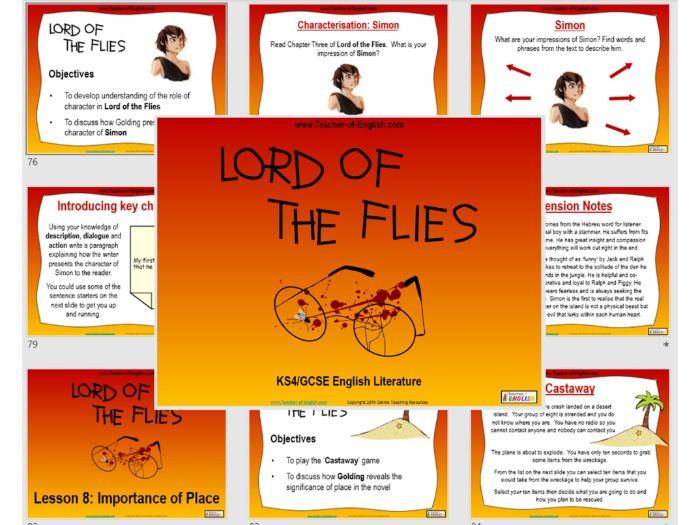Online Teaching Resources
Welcome to the Online Teaching Resources TES shop. Here you'll find hundreds of KS1, KS2, KS3 and KS4 teaching resources in the form of editable PowerPoints and worksheets for English, Maths, Science and History. All materials are made with the UK National Curriculum in mind and have been created to engage and enthuse learners. You can find out more and access hundreds more brilliant resources at our websites www.Teacher-of-Primary.com and www.Teacher-of-English.com.
























